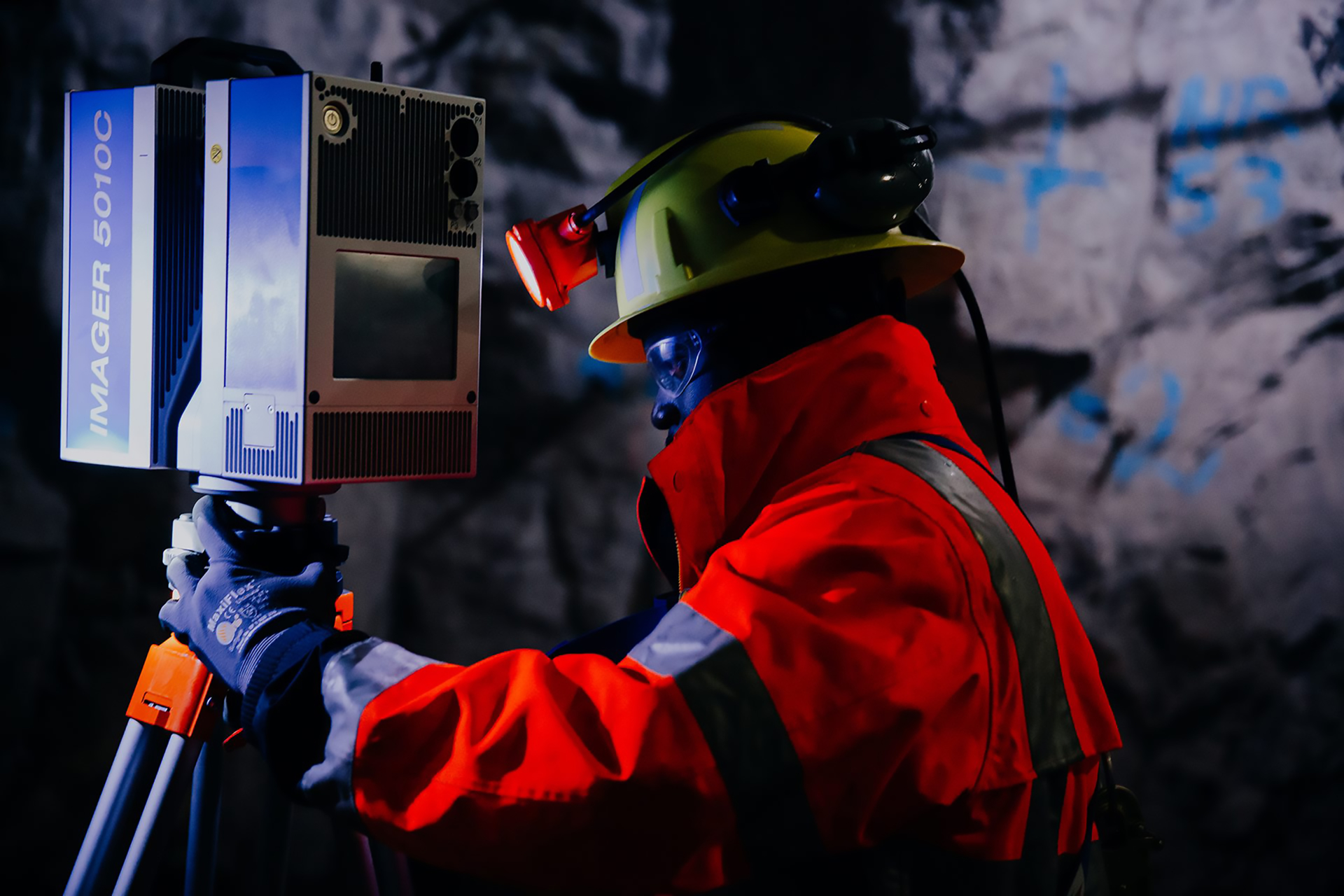Have you ever put on someone else’s eyeglasses, or perhaps put on an old pair of your own? Chances are, your vision was skewed. Things simply don’t look the way they should. To see properly takes quite a bit of effort with the wrong set of lenses. Innovations in mining invite us to transform our vision of what we think the industry represents. Although mining practices and environmental regulations have vastly improved — in the United States, in particular — over the past few decades, the industry is often still scrutinized because of “expired lenses.”
Today, innovations in mining involve artificial intelligence that can predict when haul trucks are in need of maintenance, and virtual mining — operating autonomous and auxiliary vehicles and machines and drones that survey mine sites to ensure the safety of workers. In addition to appraising mining day-to-day operations with outdated notions, the safety and environmental implications associated with mining are also mostly archaic.
“We are fortunate to have the most advanced technology companies for mining located in Arizona, a world-class minerals program at the University of Arizona, and a large skilled workforce,” says Dr. Mary M. Poulton, professor emerita of mining and geological engineering and co-director of the Lowell Institute for Mineral Resources. “When you couple all of these assets with an emphasis on environmental protection and conservation of water, Arizona is one of the areas with the most responsible mining on earth.”
Today’s industry
“Mining is now a highly technical industry driven by innovation, data and advanced analytics,” adds Steve Higgins, senior vice president and chief administrative officer for Freeport McMoRan. “In late 2018, a pilot program initiated at our Bagdad mine in Northwest Arizona was successful in using data science, machine learning and integrated functional teams to address bottlenecks.”
The result of which, according to Higgins, provided cost benefits and drove improved overall performance.
“The program has now been implemented across other operations,” he says. “Significant advances have been made in environmental, sustainable and responsible mining practices.”
In its commitment to environmental responsibility, Freeport-McMoRan is a member of numerous industry associations and holds leadership positions in various organizations that provide a platform for advancing sustainability. In fact, because of its leadership, Freeport-McMoRan was instrumental in the development of the Copper Mark, an assurance framework developed to demonstrate the copper industry’s responsible production practices and contributions to the United Nation’s Sustainable Development Goals.
Additionally, Freeport-McMoRan is a founding member of the International Council on Metals and Mining, an organization dedicated to a safe, fair and sustainable mining and metals industry.
Fueling growth
While innovations in the mining industry continues to support sustainable practices, it’s also helping to fuel the growth and demands of renewable energy.
“As a technology hub for mining, Arizona is becoming the ‘Silicon Valley of mining,’” Poulton says. “And, as more technology companies are attracted to Arizona, more jobs are created. These companies serve a global mining industry. The University of Arizona helps develop the technologies that are being commercialized by these companies and also helps supply the workforce necessary to use the technologies.”
Poulton provides the example of ASARCO’s designation of land by the Santa Cruz River near the Mission Mine for a massive solar farm. The solar energy not only helps provide some of the power for its Mineral Discovery Center, but also puts energy on the grid to supply Tucson homes with power.
“Most companies have programs to reduce their greenhouse gas emissions ranging from renewable energy to energy-efficient vehicles, pumps, motors, etc.,” Poulton says. “Faculty at the University of Arizona have had research programs on using different kinds of solar arrays on mine tailings — solar arrays that float and can reduce evaporation (these two were done by Dr. Moe Momayez).”
University of Arizona faculty have also looked at low-temperature geothermal energy to generate power and then use the residual heat for things like heating greenhouses or fish farming, also facilitated by Dr. Momayez, according to Poulton.
As the demand for minerals continues to rise, experts can likely predict the advent of more innovative mining technologies and practices, and, as they come, perhaps those old eyeglasses — and old perceptions of the industry — will finally be retired.




